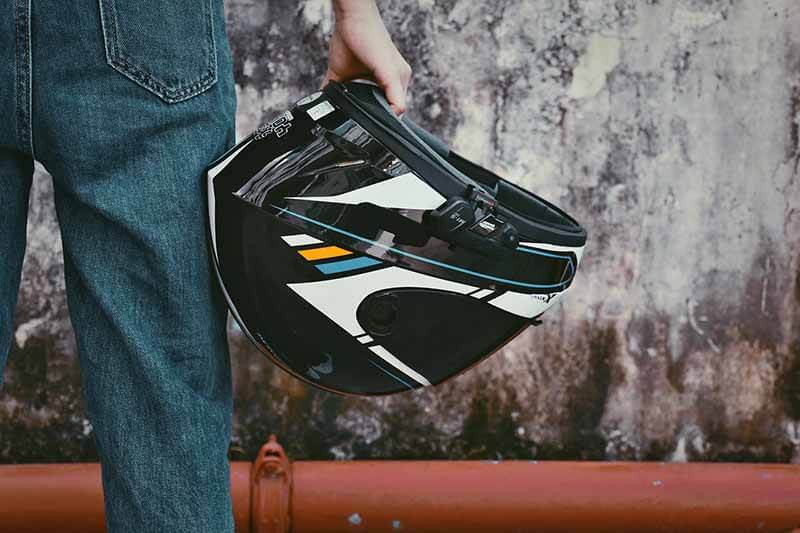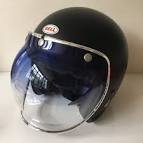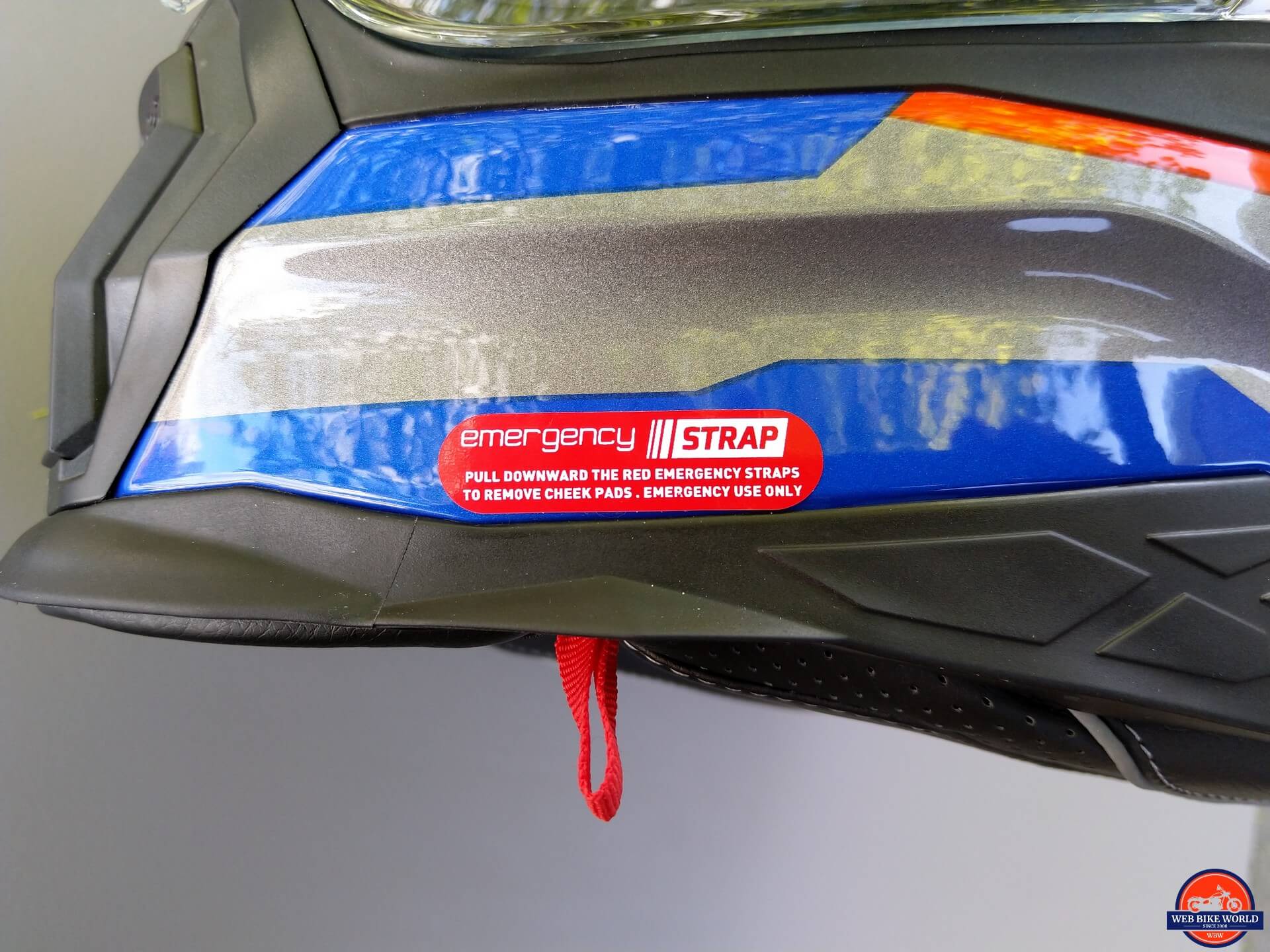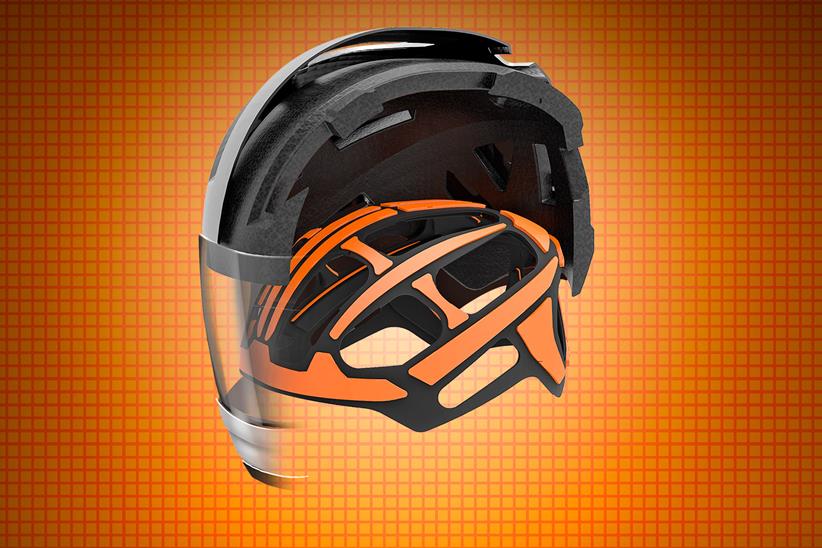bigpoppa
Well-known member
Last edited:

 agvsport.com
agvsport.com
Heat and/or Humidity won’t affect the shell or EPS liner of a helmet
Cold temperatures will not degrade the shell of a composite helmet or the EPS liner.
MEA Forensic announced the results of their testing of 675 bicycle helmets, some as old as 26 years. [...]
MEA's analysis showed that there was no significant impact performance change with age.
and a new visor.At least buy her a liner.
Not sure there has been significant advancements for safety - certainly lots for convenience.I would, for many reasons like the advancement of technology and the wear and tear of non-EPS materials.

finally lets bust that myth for good.But not because the EPS foam degrades over time, heat, humidity or cold.
If you are careful to use microfiber cloths and warm soapy water to gently soak the bugs off, visors can last a long time,and a new visor.
Just like that favourite motorcycle, we all have fav lids that will die with our confidence in them in the form of sweat. RIP my fav Akuma.
Not sure there has been significant advancements for safety



Thanks for posting that - very informativeLike most things, helmet safety technology has continued to advance throughout the years.
Since we're talking about EPS liners, there are now multi-density foam layers which protects against a variety of impacts from soft to hard. Early helmets only had one density EPS liner. Most helmets today have at least three types of density, the higher-density outer layer which protects against harder impacts. The softer density foam sits inside, closer to the head and deforms on softer hits.

AGV's newest line of racing helmets (K6-S) now has a 5-layer EPS liner.
Some helmets also offer an emergency removal system in the event of an accident. There are tabs on the underside of the cheek pads which allow you to remove them first while the rider is still wearing the helmet, so you can take the helmet off more easily, avoiding any pressure on the neck or spine.
My Nexx helmet has this system:

MIPS (Multi-Directional Impact Protection System) addresses rotational forces on the head rather than force from a single direction. It's a separate insert from the EPS liner and this technology can be found in everything from bicycle, snowboard and motorcycle helmets these days.
Motorcycle armor padding company D3O is even getting into the MIPS game, just last year they announced a D30 liner that helmet manufacturers can build into their products to address rotational impacts:

Was posted up earlier and especially the D30 approach is welcome. Anyone racing or even offroad riding would want the latest incremental improvement.MIPS (Multi-Directional Impact Protection System) addresses rotational forces on the head rather than force from a single direction. It's a separate insert from the EPS liner and this technology can be found in everything from bicycle, snowboard and motorcycle helmets these days.
Motorcycle armor padding company D3O is even getting into the MIPS game, just last year they announced a D30 liner that helmet manufacturers can build into their products to address rotational impacts:
WTF? Safety third.However the reality for most riders is they won't have an on road accident.
Calculated risk has always been part of the equation.WTF? Safety third.
The OEM blue mirrored visor on my HJC lasted about 12 years, but maybe only only 100,000 kms during that time. I coated it with Rejex when new before installing it, and only ever used water and paper towels or restaurant serviettes to clean it. It was only in the last 2 years I started noticing more and more pitting from bug/road debris impacts, and some fading in certain areas of the blue film, but other than that, I couldn't complain.If you are careful to use microfiber cloths and warm soapy water to gently soak the bugs off, visors can last a long time,
I'm partial to riding with form fitting safety glasses as I find the anti-fog coating on some current visors ( notably my Shark ) reduces optical clarity. At least they sent me a new one.
I use the visor when it is raining or for dust and debris - rather have the high clarity optics the mil spec safety glasses offer
That would be a hard argument in court. There is no mandated law on helmet date codes. Some guys ride around with lids from China with a fake DOT sticker. The cop was likely a rider and just flexing his knowledge.A friend was rear ended this year in the city. He said that one of the first things the police officer did, was to check the date on his helmet. It was three years old. I'm not sure why, or what any consequences or benefits would be. He was thinking it might be related to insurance, research or potential lawsuits.

